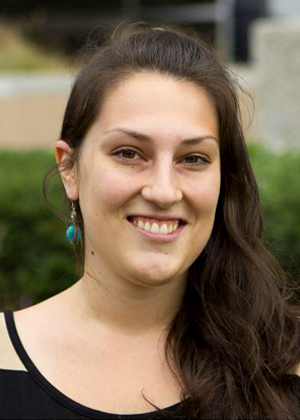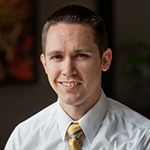
Marketing graduate degree programs is both an art and a science, and we wanted to take a deep look at who is doing this well — and how they’re doing it. In this series of four articles (you’re reading the fourth), we ask an expert panel four questions to explore the changing landscape of graduate enrollment marketing:
- What challenges are institutions facing in digital marketing for graduate student recruitment?
- How do you ensure your website is strong and effectively tied into other aspects of your digital marketing plan?
- What other digital marketing tactics have worked for you?
- What non-digital marketing tactics have worked for you?
We invite you to use these brief articles to start critical conversations on your campus.
Additionally, you can explore graduate student recruitment tactics in depth with these same experts at the upcoming Graduate Enrollment Management conference. We hope to see you there!
Here are our panelists’ answers to the fourth of the four questions.
Q: What Non-Digital Marketing Strategies Have Been Effective?
 Sarah Seigle, Academic Impressions. Other aspects of a graduate recruitment marketing strategy that we haven’t yet talked about are print communications and recruitment travel—grad school fairs, on-campus events, etc.
Sarah Seigle, Academic Impressions. Other aspects of a graduate recruitment marketing strategy that we haven’t yet talked about are print communications and recruitment travel—grad school fairs, on-campus events, etc.
What role do non-digital strategies such as these currently play in your own graduate recruitment marketing strategy? How heavily should other schools be utilizing these tactics?
 Julie Gacnik, Creighton University. While the overall investment in print has declined, and has shifted to digital, print will never go away.
Julie Gacnik, Creighton University. While the overall investment in print has declined, and has shifted to digital, print will never go away.
As for recruitment travel and events, we tested a pilot initiative which proved to be very effective. It started when we realized there was an overall decline in the percentage of attendees of information sessions yielding to enrolled students, 11% to be exact.
We tested a program called “power lunch/breakfast/coffee,” where we met the prospect at their convenience. Often these one-on-one meetings took place at a coffee shop during a morning break, near places of employment. This proved to be much more effective, and it allowed prospects to discuss their concerns in a personal environment. The impact of this was a yield of ~30%. The return on investment was stronger as well, with the investment shifting from an entire event to a cup of coffee.
 Marcus Hanscom, Roger Williams University. No channel should ever exist in a vacuum. I see institutions making this mistake all the time – they have limited resources, so they decide what they think is the best channel and then place all of their resources there. Effective marketing, however, relies on repetitive messages across multiple channels. Ideally, I’d like to have someone hear an ad about us on the radio in the morning, see our billboard, receive some digital ads on their computers at work, and receive a postcard at home. That kind of repetition keeps our brand top of mind, and the varied message and channel can keep it fresh for students.
Marcus Hanscom, Roger Williams University. No channel should ever exist in a vacuum. I see institutions making this mistake all the time – they have limited resources, so they decide what they think is the best channel and then place all of their resources there. Effective marketing, however, relies on repetitive messages across multiple channels. Ideally, I’d like to have someone hear an ad about us on the radio in the morning, see our billboard, receive some digital ads on their computers at work, and receive a postcard at home. That kind of repetition keeps our brand top of mind, and the varied message and channel can keep it fresh for students.
From a political standpoint, I could place a billboard on a major highway and score brownie points with our board of trustees, faculty, and alumni. However, I think we all know that kind of strategy isn’t effective. I’m happy to support some of these subsidiary channels when they support a larger strategy with a multichannel approach.
 Eric Nissen, University of Colorado – Colorado Springs. A lot of research still shows that the most significant influencer of prospective graduate students is word of mouth. I think there is a temptation to stay in the office and turn on digital campaigns from one’s desk. We constantly have to remind ourselves to stay involved in networking opportunities, fairs, professional development events, etc., both on campus and off. We have many examples of someone deciding to start a graduate degree after talking with one of our representatives at a networking event, even if it wasn’t specifically a recruitment event. Again, it is a balance of accepting what you realistically have the resources to do, and prioritizing those efforts based on data and research.
Eric Nissen, University of Colorado – Colorado Springs. A lot of research still shows that the most significant influencer of prospective graduate students is word of mouth. I think there is a temptation to stay in the office and turn on digital campaigns from one’s desk. We constantly have to remind ourselves to stay involved in networking opportunities, fairs, professional development events, etc., both on campus and off. We have many examples of someone deciding to start a graduate degree after talking with one of our representatives at a networking event, even if it wasn’t specifically a recruitment event. Again, it is a balance of accepting what you realistically have the resources to do, and prioritizing those efforts based on data and research.


